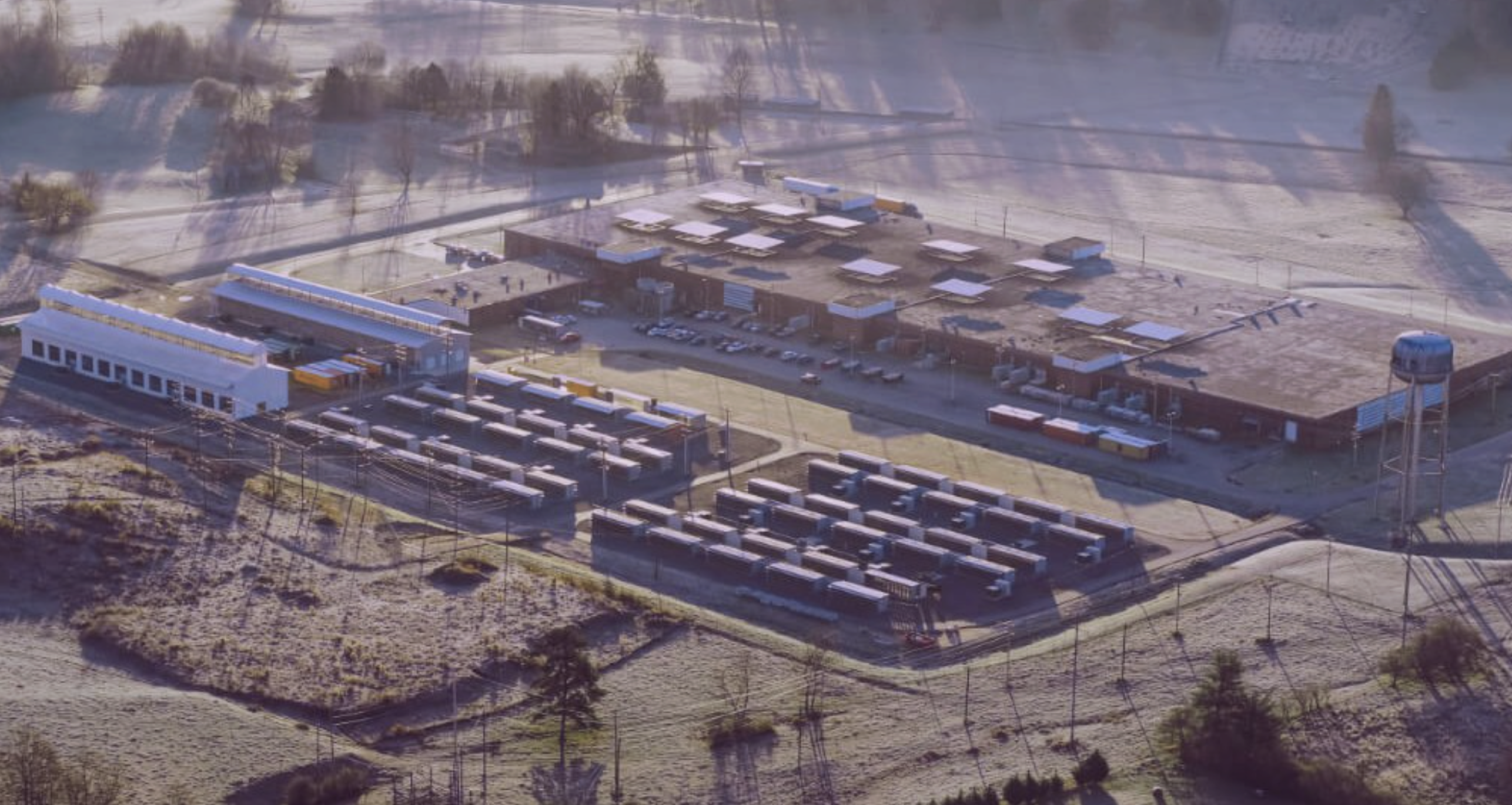Blog • November 18, 2025

In Part 1, we saw why miners are eyeing AI to escape a brutal squeeze from tougher competition and smaller rewards. Part 2 showed the big bets, huge deals like Cipher’s multi-billion-dollar tie-up with Google.
Now, it’s time to ask: Can miners like Core Scientific, Bitfarms, and Bitdeer become AI heavyweights, or are they just renting out their gear to stay afloat? Let’s look ahead and figure out what’s next.
Imagine you’re a miner with a massive facility, think giant warehouses packed with humming rigs and ice-cold air to keep them running. These setups, built for churning out Bitcoin, are practically custom-made for AI’s hunger for power and cooling.
AI companies like Google and Nvidia need monster data centers to train models that power everything from chatbots to self-driving cars. Miners’ sites, already wired for heavy-duty electricity, are ready to plug in and play.
Take Core Scientific, they’ve inked a deal to power AI for CoreWeave, turning their Texas sites into compute hubs. It’s like a diner owner realizing their kitchen can cater to a gourmet crowd—same setup, new customers.
Hut 8 bought data centers to pivot fast, and Bitfarms is shifting operations to U.S. power plants. This isn’t just chasing a trend, it’s miners seeing their infrastructure as a golden ticket to a new industry.
Here’s the logic behind the pivot: Bitcoin mining’s a rollercoaster. Every four years, the halving cuts your rewards, and more players at the table make every coin harder to grab.
Leasing your site to AI companies, like Cipher’s Google deal, brings steady paychecks. It’s like renting out your house for a reliable monthly check, no matter what Bitcoin’s price does.
But some miners, like Bitdeer, are dreaming bigger. Instead of just leasing, they’re building their own AI compute systems, running the show themselves. It’s riskier, but I believe the payoff could be massive.
What’s at Stake?
Jumping into AI sounds sweet, but it’s not a free ride. Turning a mining site into an AI data center means ripping out Bitcoin rigs and installing pricey new gear, like high-end GPUs and fancy cooling systems. Miners are pros at crypto, not AI. Learning to run neural networks or hiring experts who can is a steep climb. Then there’s the trade-off: Long-term AI contracts lock in cash flow but tie you up. If Bitcoin’s price skyrockets, you might miss out on a crypto gold rush.
So, what’s the endgame? Option one: Miners stay tenants, leasing their power to AI giants for predictable revenue. Core Scientific’s CoreWeave deal shows this works, it’s a safe bet to keep the lights on.
Option two: They swing for titan status, building their own AI compute like Bitdeer’s cloud services in Singapore.
Realistically, most will mix it up. Cipher and Iris Energy might lease for now while testing their own AI setups, keeping one eye on Bitcoin’s next big run.
By 2030, AI’s massive compute demand could turn miners’ sites into hot property. But they’ll need to outmaneuver dedicated data centers and dodge power price spikes to win big.